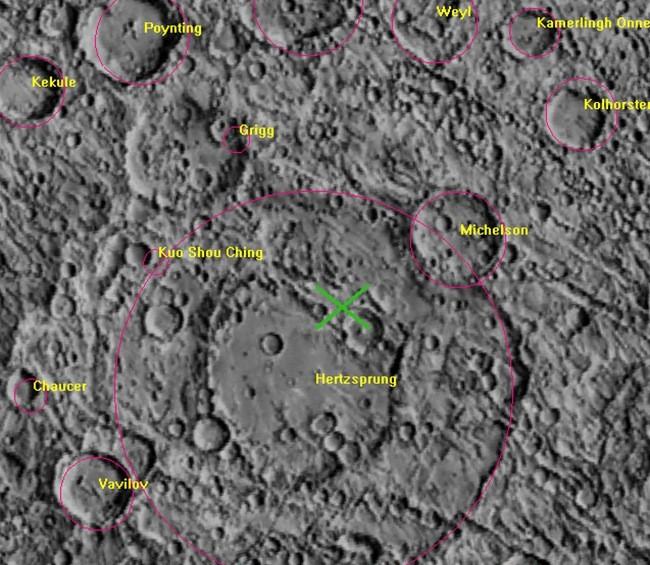In February 2015, Musk's SpaceX launched a Falcon 9 rocket in Florida, USA. The rocket is designed to send NASA's Space Meteorological Observation Satellite into space.
After the mission was completed, the second stage of the Falcon 9 rocket remained in space and became space junk.
At present, SpaceX's rocket recovery is mainly aimed at the first stage of rockets. Because the rocket's second stage flies farther, the cost of recycling is high and difficult, and SpaceX previously abandoned the second stage recovery program.
Recently, American astronomers have observed that the second stage of the Falcon 9 rocket, which was left in space in 2015, will crash into the moon in March this year, but the impact is not expected to be significant.
Some astronomers believe that the impact can help humans study the lunar soil, and some astronomers think it is time to track and manage space junk.
According to The Verge, CNN and other media reported on January 27, the first to release the impact of the moon prediction is the American astronomer Bill Gray (Gray). Gray has been tracking near-Earth objects, asteroids, etc.
Gray noted that the second stage of the Falcon 9 rocket, which was close to the moon in January, changed its orbit. He predicted that the second stage of the rocket, weighing about 4 tons, will hit the moon at a speed of more than 2.58 km/s on March 4. The estimated impact site is hertzsprung, an impact crater on the far side of the Moon.

Green is the predicted impact location. Image credit: Gray website
Gray's prediction was echoed by peers and NASA. NASA issued a statement Thursday noting that the rocket's second stage will hit the far side of the moon on gray's predicted date. The agency is tracking the rocket's second stage, which was launched in collaboration with NASA, the National Oceanic and Atmospheric Administration and the U.S. Space Force.
Jonathan McDowell, an astronomer at the Harvard-Smithsonian Center for Astrophysics, points out that in the '60s and '80s, humans left at least 50 pieces of debris similar to the second stage of the Falcon 9 rocket in space.
Some of the waste may have accidentally hit the moon before, but it didn't come to the attention. McDowell said that this is the first accidental impact of space junk that has been noticed by everyone. In order to study the moon, scientists once deliberately let the spacecraft hit the moon. In 2009, NASA deliberately let the second stage of the rocket hit near the south pole of the moon to investigate whether there was a water source on the moon.
McDowell noted that the impact of the second stage of the Falcon 9 rocket with the moon will not have much impact, and the impact site cannot be observed in real time from Earth.
Gray believes the impact will provide an opportunity to study the moon. The impact will create impact craters on the moon, and NASA's Lunar Reconnaissance Orbiter and India's Chandrayaan-2 lunar probe can take pictures of impact craters to help scientists study the soil beneath the lunar surface.
NASA has indicated
At the time of impact, the agency's Lunar Reconnaissance Orbiter was not near the point of impact and could not be observed in real time. But then NASA may track changes in the lunar environment after the impact.
McDowell pointed out that as the number of spacecraft launched by humans increases, so does the amount of space junk left behind, but as of now there is no agency to track this space junk. He believes that the impact is an opportunity for countries to consider managing space junk.
Musk is building a "starlink" constellation of satellites in low-Earth orbit, targeting 42,000 satellites. SpaceX has yet to comment on reports that the company is developing a lunar landing for NASA, which plans to send astronauts to the moon again in 2025.